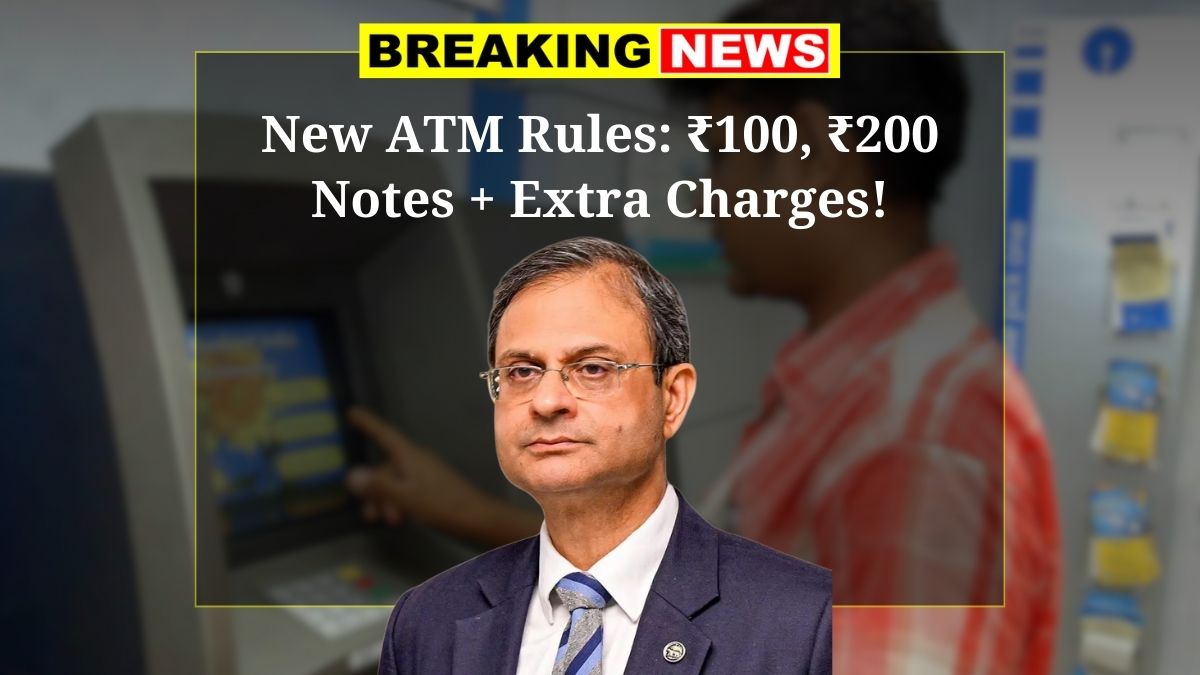RBI’s New Circular Explained : Have you ever tried withdrawing cash from an ATM, only to be flooded with Rs 500 notes—even when you just needed smaller bills? It can be a real pain when all you want is change for daily use, but the machine only spits out high-value notes. Well, there’s some good news on the way!
The Reserve Bank of India (RBI) has come up with fresh guidelines to solve this issue. According to a new circular issued by the RBI, banks and even white-label ATM operators (those ATMs run by private companies, not banks) will now need to make sure their machines are loaded with Rs 100 and Rs 200 notes as well. That means, the next time you go to an ATM, there’s a good chance you’ll get the smaller denominations you actually need.
What’s in the RBI’s Circular?
So, what exactly is RBI saying? The central bank has made it mandatory for all banks and white-label ATM operators to start loading Rs 100 and Rs 200 notes into their ATMs. The move is aimed at making these commonly-used notes more accessible to the public.
The implementation will happen in phases:
- By September 30, 2025, 75% of all ATMs must have at least one cassette (that’s the container that holds the cash inside ATMs) filled with either Rs 100 or Rs 200 notes.
- Then by March 31, 2026, this number will increase to 90% of ATMs.
This means, in just about a year, you’ll start seeing a major improvement in the kind of notes you get from cash machines—finally!
Wait, There’s a Catch – ATM Charges Are Going Up
Now, before you get too excited, there’s also a bit of a downside. Starting May 1, 2025, there’s a hike in ATM charges, but only if you’re using an ATM outside your home bank’s network.
So if your bank is, say, HDFC, and you withdraw money from an ICICI ATM or check your balance there, the charges for those non-home bank transactions will go up. The exact amount of the hike hasn’t been detailed yet, but you might want to be mindful of how often you use other bank ATMs going forward.
Bottom Line
This new RBI move is a welcome change for most people who’ve struggled with high denomination-only ATMs. Soon, smaller notes will be much easier to get your hands on. Just don’t forget that if you’re using an ATM that’s not your bank’s, you might be paying a bit more for the convenience.




